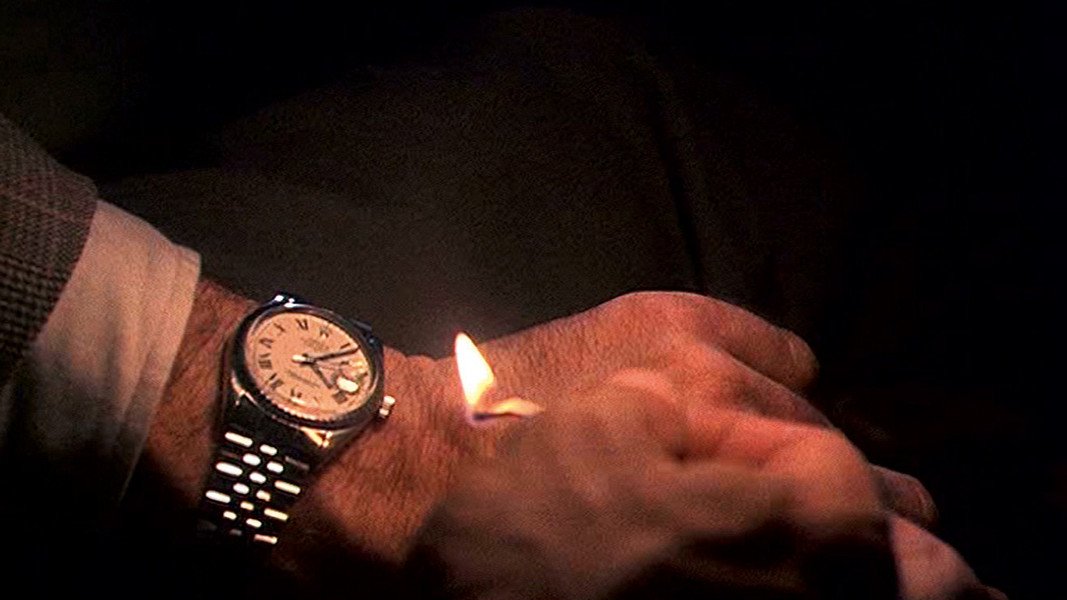Preserving the POV
Daniel Craig in Cowboys vs. Aliens
I've argued for years that if you truly want to delve into your feelings about a film, or how to interpret it, you need to walk into your public library and ask a librarian. Information professionals retain not only the entire reel in their mind, but also the public perception of that work of art when it was first released.
Did you watch either Oppenheimer or Barbie over the summer? There is an information professional in your city right now that not only has an appreciation of each film, but also has their finger on the pulse of the Instagram posts and TikTok videos that went viral on the subject matter when they both opened. It lives rent free in our minds and we use it in our arsenal to organize our collections and prepare our displays for the public.
Preserving the POV is the cataloging of films in a manner that POV shots in film can be searched for in a database. Images matter just as much as text.
A scene from Christian Marclay’s The Clock
I'm reminded of Christian Marclay's The Clock exhibit, where every minute of the day was represented by a splice of film that he put together to create a 24-hour movie. These moments exist in film and cataloguing POV shots so that anyone searching archives simply by describing a scene would create a growing field where the rich history of films could be accessible to patrons to pinpoint something that they want to express but might not be able to find the correct explanation for.
Case in point: I love Westerns because my father loved Westerns. As a film buff, I can find close to any film with just a few details. From High Noon to Cowboys vs. Aliens, I can find the perfect scene for any mood or subject matter. Imagine a database where patrons can search key terms that would pull up every relevant film with that energy. A YA fan that is hooked on the books and show for The Summer I Turned Pretty could search for, "pensive while listening to music" and they're introduced to Lost in Translation and the soundtrack to that film.
The concentration on POV shots is to bottle the soul of a movie. If we were to stitch together all of the scenes in films with just the POV shots, it would create a wealth of history. Not only from the visual, but the score and setting. There wouldn't be a human experience not covered by a simple film still.
Jason Momoa and his tribe in SEE
I end this with a shot of Jason Momoa from the Apple series, SEE. After an apocalypse, the survivors for the most part are sightless. Only a few are born with the gift of sight, and they take on the grail quest of forging a better tomorrow. After countless wars and hardships, the show ends with the group traveling to a forgotten city and meeting other sighted individuals that are gathering information to build a better tomorrow. That final shot is at NY Public Library and that community of hope is made up of information professionals. I can't use the scene as an example because it wasn't readily available in a search, but it was rather easy to find a photo of the star of the show. POV shots are important.
References
SAMARAS, E.; JOHNSTON, A. Fleeting Film: Using Story to Seek Archival Permanence in the Transitory and Globalized Digital Visual Effects Industry. Preservation, Digital Technology & Culture, [s. l.], v. 47, n. 1, p. 12–22, 2018. DOI 10.1515/pdtc-2018-0001. Disponível em: https://search-ebscohost-com.libaccess.sjlibrary.org/login.aspx?direct=true&db=eft&AN=130094798&site=ehost-live. Acesso em: 28 ago. 2023.
GIOVANNA FOSSATI. From Grain to Pixel : The Archival Life of Film in Transition, Third Revised Edition. Amsterdam: Amsterdam University Press, 2018. v. Third revised editionISBN 9789048543526. Disponível em: https://search-ebscohost-com.libaccess.sjlibrary.org/login.aspx?direct=true&db=nlebk&AN=1933144&site=ehost-live. Acesso em: 28 ago. 2023.


